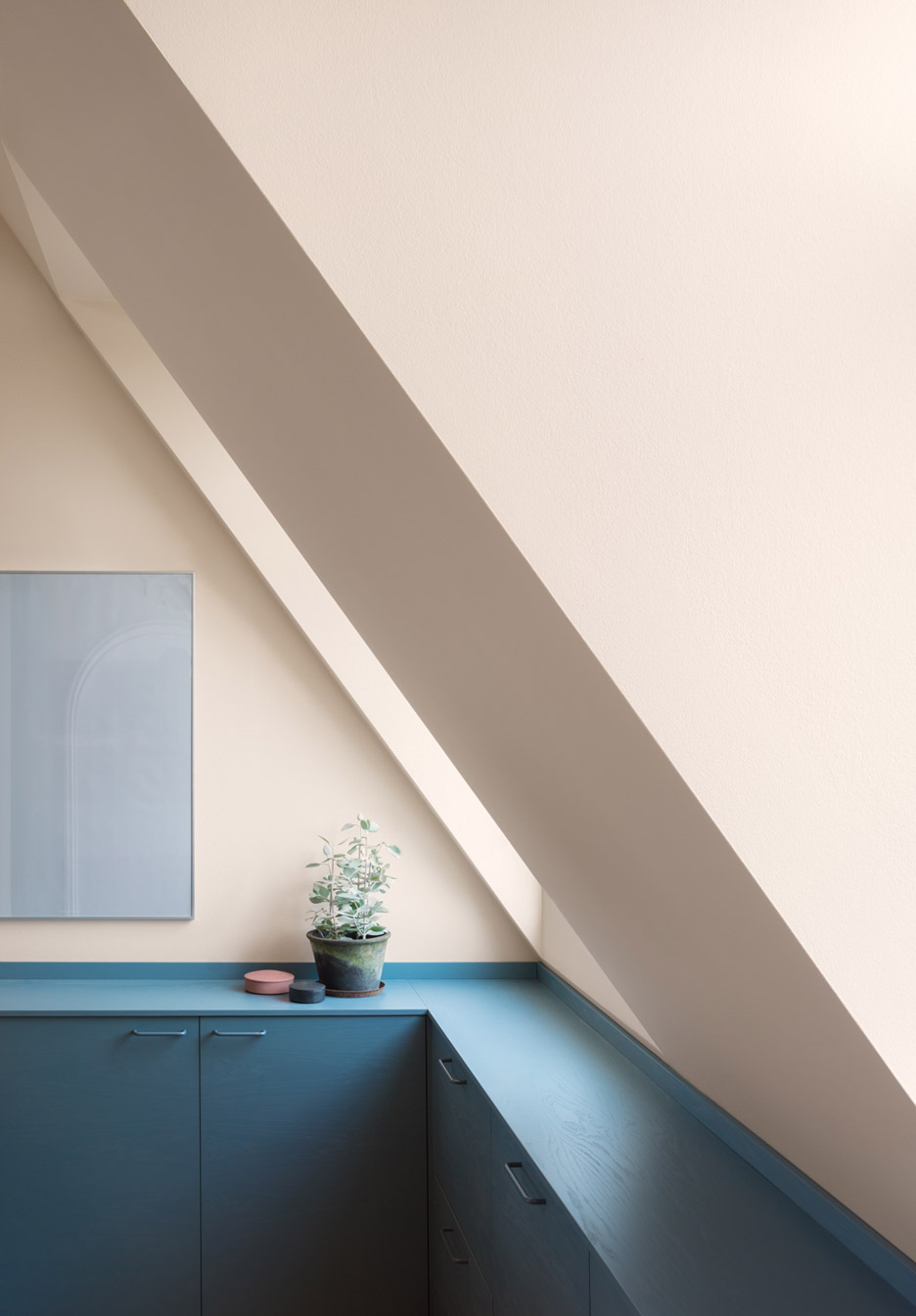
4 Things to Consider When Converting Your Loft
Spring is here, and it is that time of the year again when we get our hands on home improvements. The loft conversions trend has become increasingly popular in recent years.
According to experts, a loft conversion can add a significant amount of value to your property. Many sub-urban families convert their loft area to obtain a little more space without going through the enduring process of renovations and moving homes.
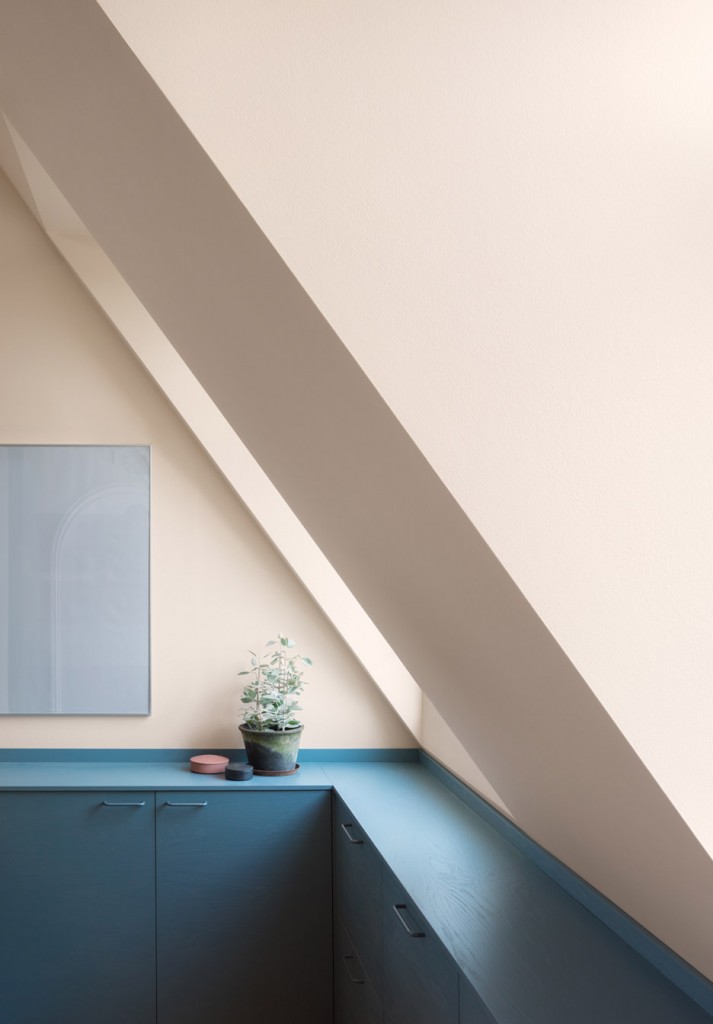
Renovated loft apartment by Note Design Studio ↑
Also, the loft conversion process can be a lot less concerning and disruptive. But there is a wide variety of considerations and variables that needs to be understood before deciding your ideal loft. We researched and narrowed down the top 4 things to consider when converting the loft. Without further ado, let’s get started.
Windows
Windows are the most critical aspects of a loft system due to certain factors. The shape of a typical loft is unlike any other average room in your house. The limited headspace and even less area will undoubtedly push your imagination for placing the ideal window in the setup.
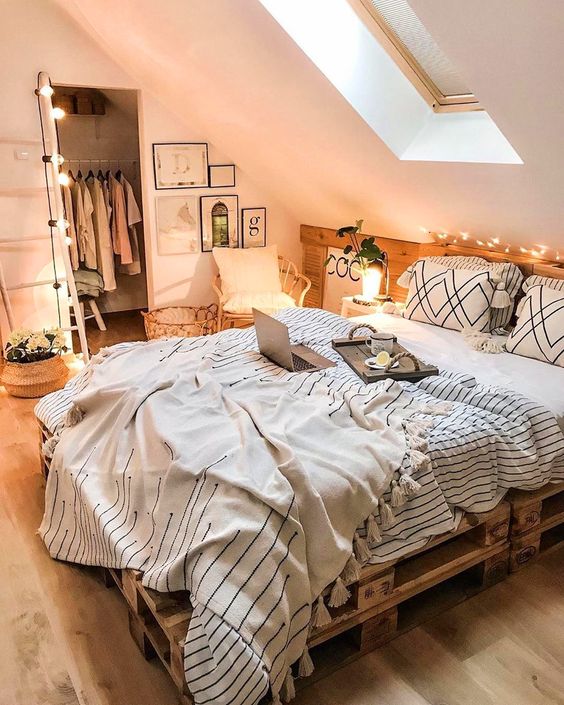
An extra bedroom in the loft space ↑
Though there are multiple types of windows, you go for. The awkward space management in the loft allows for very little natural light, so roof lights or skylights can be a perfect choice for flooding a room with a lot of natural light as they slope with the roof.
Another option is a Gable-end window. These windows are probably the most exciting type of feature-window that you can add to a loft conversion. The term “gable” here refers to that triangle-shaped upper portion of the ceiling you notice at the building ends that have ridged roofs.
The Roof
The ideal way to start the loft conversion process is by assessing whether your roof space is enough for conversion. In most cases, there is ample space in the roof, but there are still two main factors to check. The first is measuring the angle of the roof. The steeper the pitch angle, the higher the central head height will be.
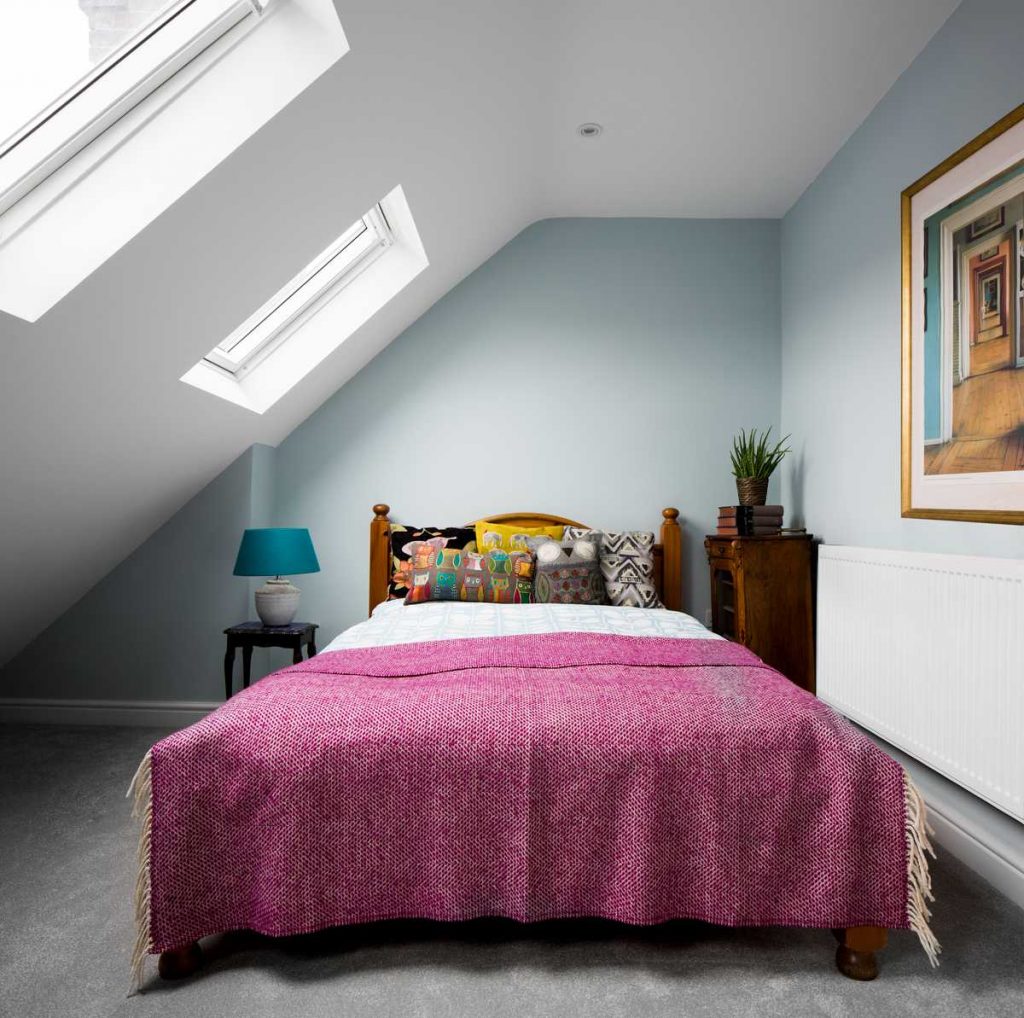
Loft guest bedroom by Iguana Architects ↑
Planning permission is not necessary unless you are planning to extend the roof space or exceed specified limits, e.g. any dormer is higher than the highest part of the roof, or you live within a conservation area. Whether you live in the countryside Cornwall or inner-city Manchester, it’s suggested to have a word with your local specialist roofers who can get in touch with the planning department to understand the process more clearly.
To Dormer or not to Dormer
Dormer windows are perhaps the most usual type of window you will see in European loft conversions. They are raised box cut out of the home’s original roof, which allows for extra headroom and light within the space. These windows are suited for houses that have low hanging ceilings in the attic.
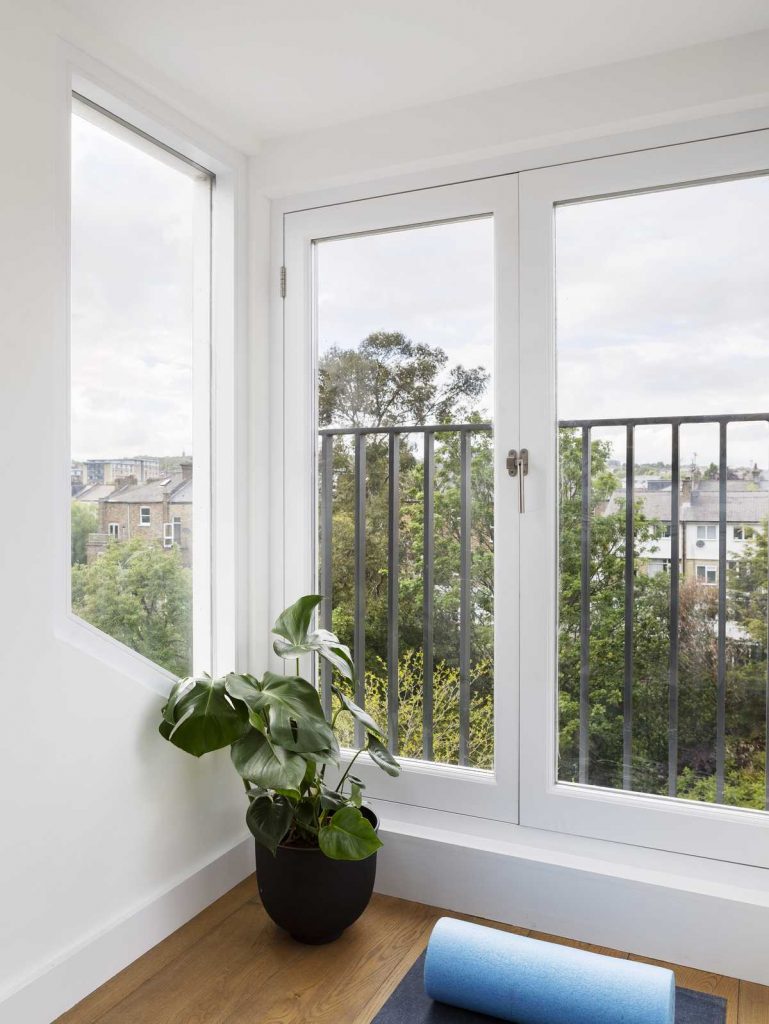
Dormer loft conversion by Amos Goldreich Architecture ↑
So, whether to go for a dormer or not can depend on the type of property you own and your preferred interface.
Extra Costs
Converting your loft can come with a lot of additional costs. Building regulations, the cost of planning inspections, and material cost all factors that can make your budget go haywire. Another factor is extra costs such as skip hire or if you need to get tailored scaffolding in Essex or somewhere in a cheaper part of the country, the costs will still add up. So be prepared for any extra charges that appear on the way. Contingency budgets are wise!
The Conclusion

Small bedroom in a renovated loft ↑
So, these were the things to consider when you are converting your roof. Remember to go through each one of them to avoid any kind of mistakes during the process.
